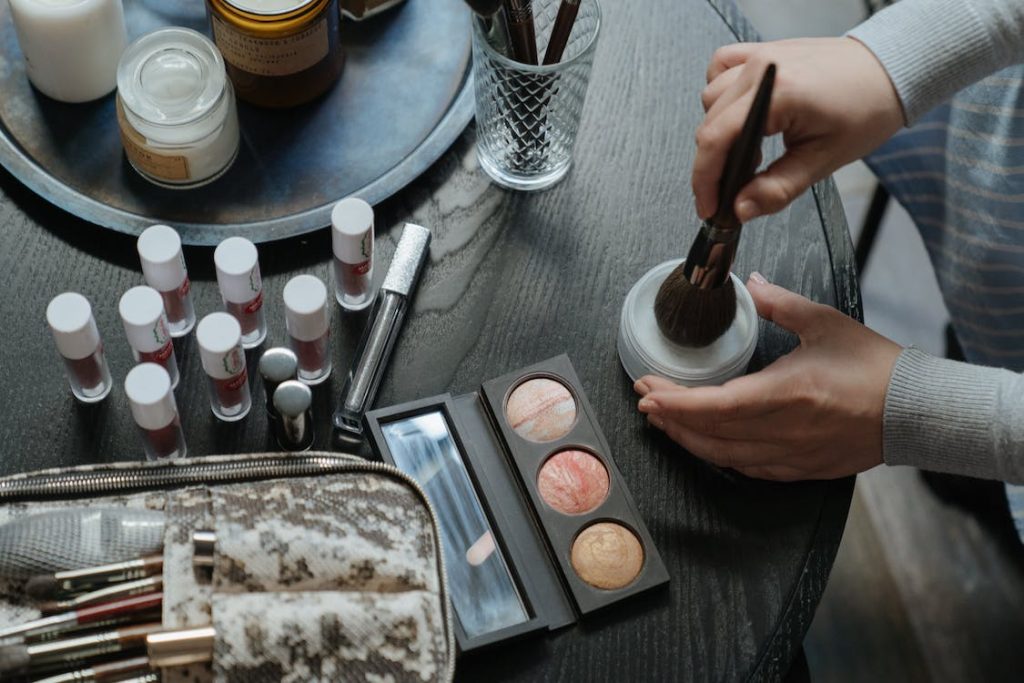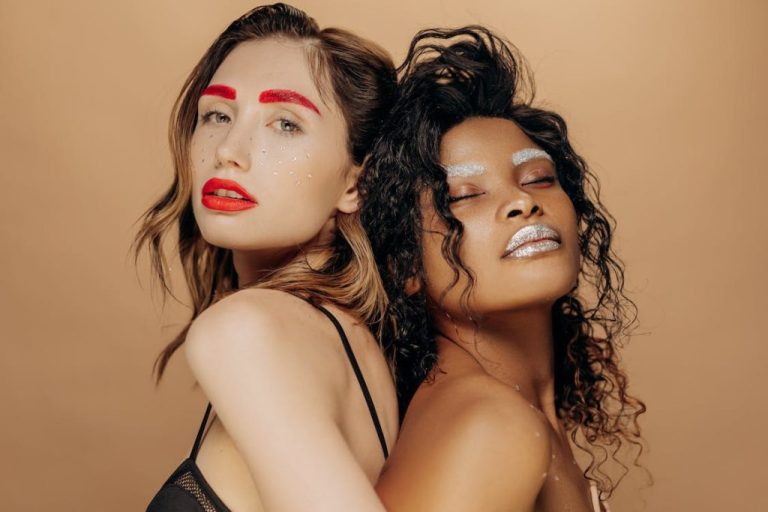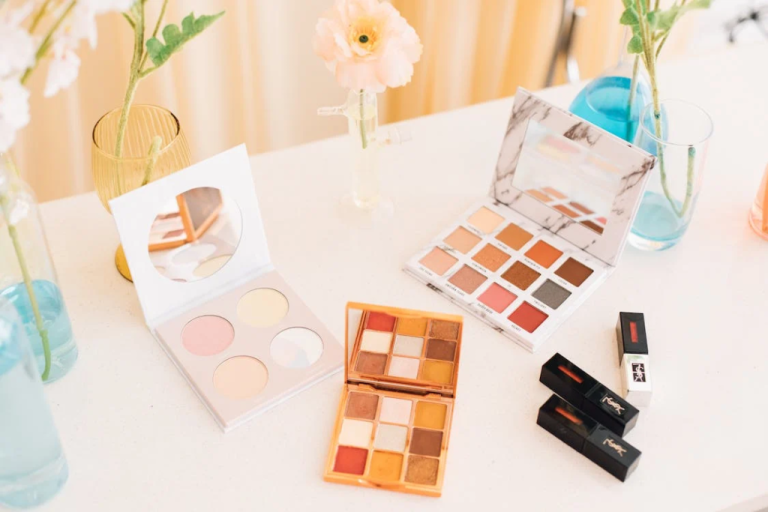How did we begin using makeup?
Who are the poets?
We need to go back around 6,000 years in order to comprehend how makeup came to be. Ancient Egypt is where we first see cosmetics, where they were used as a symbol of riches that was thought to please the gods. As early as 4000 BCE, both men and women wore the ornate eyeliner that is a hallmark of Egyptian art. Malachite eye shadow, kohl, rouge, and white powders to brighten skin tones were all widely used cosmetics. The green hue of malachite eye makeup symbolized the gods Horus and Re.
Makeup is mentioned in the Bible too, in both the Jewish scriptures and the Christian Old Testament and New Testament. The Book of Jeremiah, which details the titular prophet’s ministry from about 627 BCE to 586 BCE, argues against cosmetics use, thereby discouraging vanity: “And you, O desolate one, what do you mean that you dress in crimson, that you deck yourself with ornaments of gold, that you enlarge your eyes with paint? In vain you beautify yourself. Your lovers despise you; they seek your life.” In 2 Kings the evil queen Jezebel exemplifies the connection between cosmetics and wickedness, being described as having “painted her eyes and adorned her head” before her death at the behest of the warrior Jehu (though Jezebel’s makeup use was not the impetus for her murder).
So too was there a disdain for cosmetics among ancient Romans, though not for religious reasons. Hygiene products such as bath soaps, deodorants, and moisturizers were used by men and women, and women were encouraged to enhance their natural appearance by removing body hair, but makeup products such as rouge were associated with sex workers and hence were considered a sign of shamelessness. Deriding makeup users is a common theme in Roman poems and comic plays (though theatrical performers constituted one of the few classes of people expected to use cosmetics), and admonitions against makeup appear in the personal writings of Roman doctors and philosophers. The elegiac poet Sextus Propertius, for instance, wrote that “looks as nature bestowed them are always most becoming.” And the philosopher Seneca the Younger, in a letter to his mother, praised the fact that she “never defiled her face with paints or cosmetics.”
This Roman view of cosmetics was at least partially rooted in Stoicism, a philosophy that foregrounded moral goodness and human reason. Stoics regarded beauty as intrinsically related to goodness. While an attractive physical form might be desirable, true “beauty” was instead associated with moral acts. Decorating the body with cosmetics implied a vanity or selfishness that, to Stoics, was undesirable. Though Stoicism was not confined to ancient Rome—it was also prevalent among ancient Greek thinkers, some of whom shared the same ideas about makeup—in Rome it affected the mainstream opinion of cosmetics. Not every Roman was resistant to makeup; some people continued to rouge their cheeks, whiten their faces, and line their eyes. But the Stoic ideal leaned toward what we today might call “no-makeup makeup”—using skin care products and other toiletries to enhance one’s natural appearance, not to decorate it.
So continued a pattern of embracing and rejecting makeup in the Western world. Cosmetics were so popular in the Byzantine Empire that its citizens gained an international reputation for vanity. The Renaissance era embraced all forms of physical beauty, which people sought to attain especially through hair dye and skin lighteners (which, containing powdered lead and other harmful products, often proved toxic). Another widespread movement against cosmetics appeared in the mid-19th century, when Britain’s Queen Victoria declared makeup to be vulgar, and cosmetics once again went out of fashion. Though many women didn’t give up makeup entirely, many now applied it in secret: who was to say their cheeks weren’t naturally rosy?
It wasn’t until about the 1920s that highly visible cosmetics, such as red lipstick and dark eyeliner, reentered the mainstream (at least in the Anglo-American world; not everyone had listened to Queen Victoria and eschewed makeup in the first place). As the beauty industry gained a financial foothold, often in the form of individual women selling to other women, dissenters found that they could no longer compete. Cosmetics, now “productized” and advertised, again became a mark of wealth and status, and emphasizing physical features, even for sex appeal, was no longer considered quite so selfish or wicked. Eventually, advertisers persuaded women to take the opposite view: cosmetics were a necessity.



